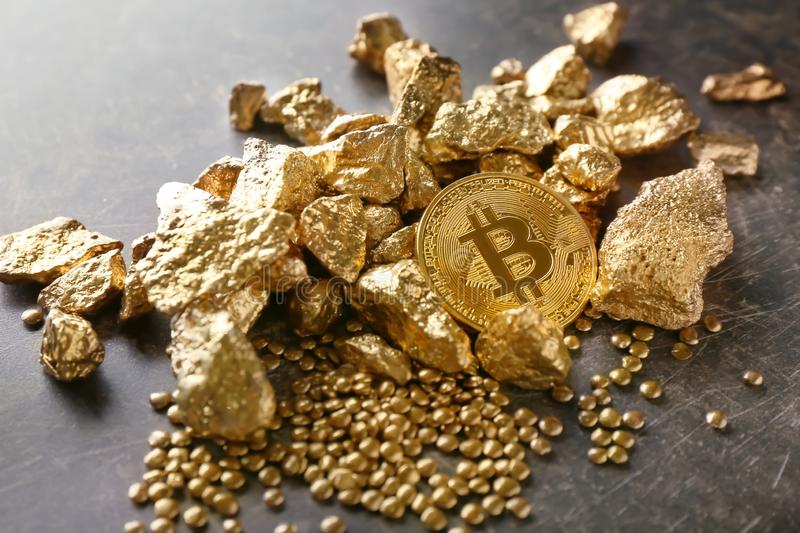Once upon a time, in the vast digital landscape, a new form of currency emerged—Bitcoin. Its arrival sparked curiosity and excitement among individuals seeking an alternative to traditional financial systems. Little did they know that this innovative creation would soon earn the nickname “digital gold.”
In the realm of finance, gold has always held a special place—a reliable store of value in uncertain times. Bitcoin, with its unique attributes, began to draw comparisons to this precious metal, captivating the imaginations of investors worldwide.
Imagine a world where scarcity reigns supreme. Just as gold is scarce, Bitcoin too possesses a predetermined limit. The creators of Bitcoin designed it to have a finite supply of 21 million units. This rarity bestows upon Bitcoin a value proposition that echoes the allure of gold.
As the story of Bitcoin unfolded, its durability became evident. Physical assets, prone to wear and decay, paled in comparison to the digital resilience of Bitcoin. It existed solely as lines of code, immune to the passage of time. This intangible nature made Bitcoin an ideal candidate for secure storage and effortless transferability.
Fungibility, the characteristic that makes gold interchangeable, also found a home in the world of Bitcoin. Each unit of Bitcoin is equal to another, devoid of any distinguishing qualities. It mattered not whether a Bitcoin originated from the depths of a mining pool or the hands of a seasoned trader. The principle of interchangeability stood firm, supporting Bitcoin’s claim as a reliable store of value.
In the realm of finance, uncertainty often takes the form of inflation—a silent destroyer of purchasing power. Bitcoin, however, rose to the challenge as a hedging mechanism against this threat.
In a world where central banks control traditional currencies, the fixed supply of Bitcoin shines as a beacon of hope. By limiting its issuance and removing the potential for arbitrary manipulation, Bitcoin safeguards against the erosive nature of inflation. Investors seeking refuge from the perils of devaluing fiat currencies flocked to Bitcoin’s virtual embrace.
Another unique aspect of Bitcoin’s tale lies in its decentralized nature. Free from the grip of any central authority, Bitcoin operates on a blockchain—a network that thrives on transparency and independence. This decentralization ensures that no single entity can sway Bitcoin’s value through political machinations. Thus, Bitcoin emerged as a modern-day hero, providing a reliable financial system immune to the whims of power.
As the story of Bitcoin unfolded, its performance over time became a testament to its potential as a long-term store of value. Although Bitcoin faced its fair share of turbulent moments, it showcased resilience that rivalled the strength of gold itself. Market downturns came and went, yet Bitcoin stood tall, recovering with unwavering determination.
And so, the legend of Bitcoin as digital gold spread far and wide. Its journey, filled with tales of scarcity, durability, fungibility, and the ability to hedge against inflation, captivated the hearts of those seeking to preserve their wealth in the ever-changing landscape of finance.
However, dear reader, remember that every story holds its cautionary notes. Investing in Bitcoin, like any other venture, carries risks. Thorough research, risk management, and seeking guidance from knowledgeable sources are vital steps to take before embarking on this digital gold rush.
As the financial world continues to evolve, Bitcoin’s place as a timeless store of value becomes increasingly solidified. Perhaps one day, future generations will gaze back upon this chapter in history and marvel at the journey that transformed Bitcoin into the legendary digital gold we know today.

